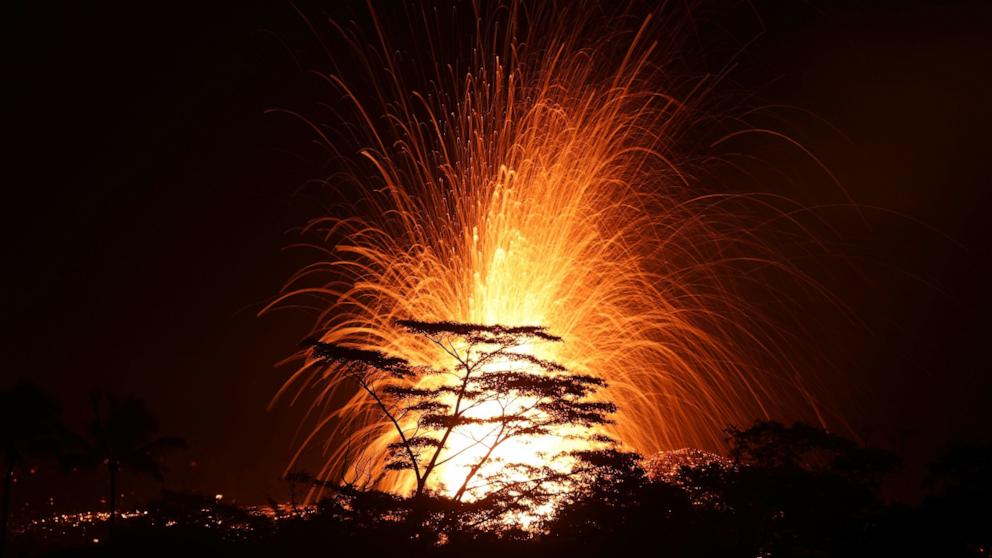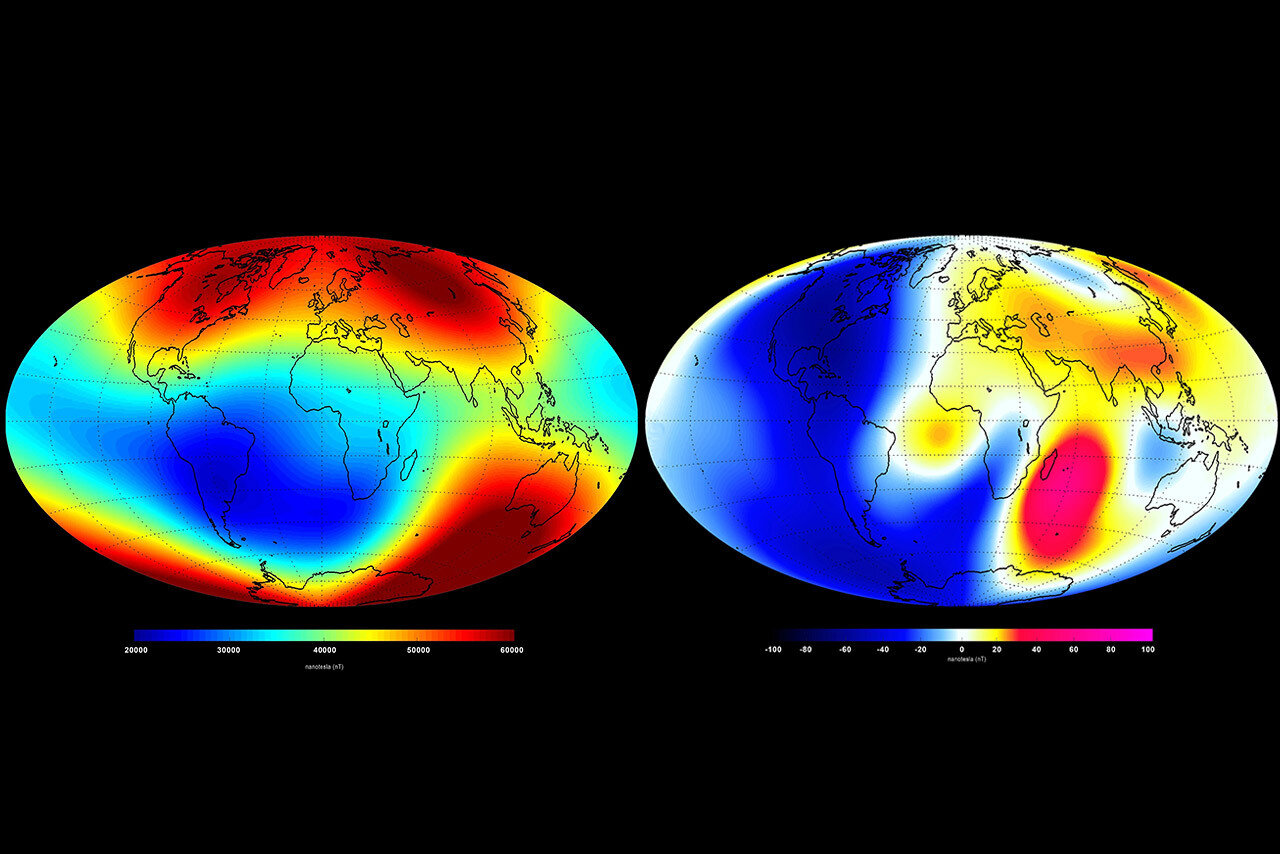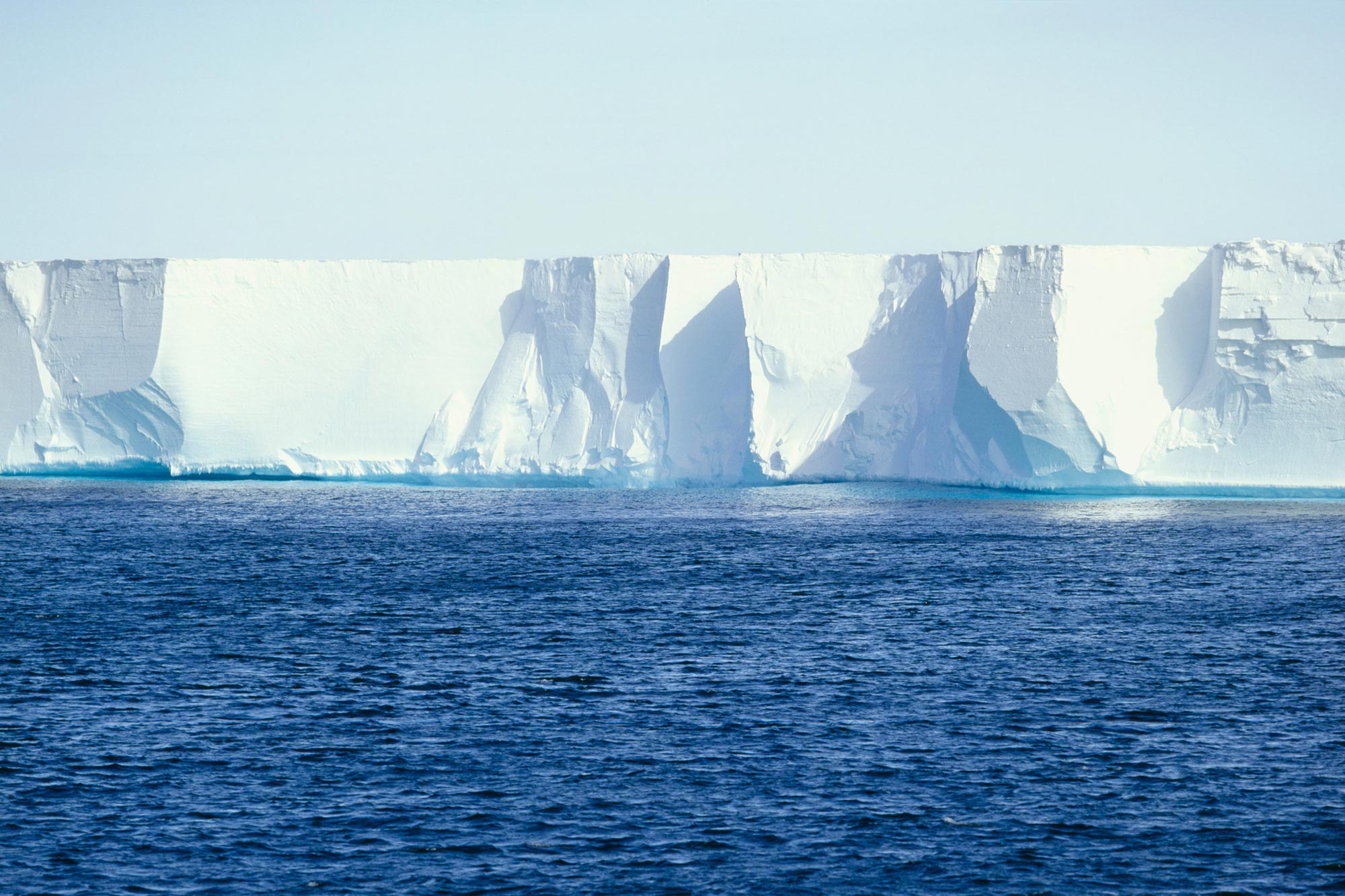New Study Suggests Hawaii’s Active Kilauea Volcano Could Erupt Like ‘Treading Rocket Toy’
Scientists have noted unusual eruption behavior in 2018 at least 12 times.
Scientists may have found the mechanism behind unusual explosive eruptions observed at one of the world’s most active volcanoes.
Located in Hawaii Volcanoes National Park on the Big Island, Kilauea has seen at least a dozen instances of lava spewing from the crater in 2018 as a “rocket stomp toy,” a children’s toy that involves launching a rocket into the air after stomping on it. about the release mechanism, according to a paper published Monday in Nature Geosciences.
The unusual eruption behavior likely contributed to the severity of that year’s lava flow, which destroyed more than 600 properties, Josh Crozier, a geologist at Stanford University and lead researcher on the study, told ABC News.
The eruptions – sometimes up to 30 feet high – were atypical because explosive eruptions are usually fueled by either rising molten rock – magma – or expanding steam from magma heating groundwater. Geologists believe that a pedal rocket mechanism caused the 2018 eruptions, which likely came from the collapse of a magma reservoir, which suddenly increased the pressure of gas trapped in the chamber and led to an explosive eruption.
A combination of seismic and geodetic instruments shows a large, sudden swelling of the entire earth around the magma reservoir, while infrasound measurements, which essentially measure low-frequency sounds, indicate a drop in air pressure, Crozier said.
“It’s really quite different from the typical spectrum of groundwater- and magma-driven eruptions,” he said.
The findings may also help explain the formation of atmospheric clouds of hot gas and rock particles erupted by the volcano, the researchers said.
When plumes are that high, it creates aviation hazards, falling ash and gas releases, Crozier said.
Abnormal eruptions at Kilauea have been documented as early as the 1920s, kicking off a series of relatively large explosive eruptions, said Crozier, who conducted the study during his tenure at the US Geological Survey.
In 2018, extraordinary explosive activity at the summit helped drive the powerful outpouring of magma, Crozier said. Lava then spilled along the volcano’s eastern rift zone, damaging hundreds of homes on its way to the ocean, he added.
Each time the summit collapsed, it pushed out explosive plumes and increased the pressure in the upper magma reservoir, which then increased the rate at which the magma was expelled, Crozier said.
The hollow rocket mechanism may not be unique to Kilauea, and eruptions may also have occurred at other volcanoes around the world, several of which occurred in the last century, according to the study.
Similar eruptions at Kilauea may occur in the future, but would be “highly unlikely” in the next decade, Crozier said.
“The important thing is that they can happen under potential conditions where you wouldn’t necessarily expect an explosive eruption to come out of the top of the volcano otherwise,” Crozier said of the unique mechanism. “So it’s definitely something to realize that there’s a possibility in these volcanoes.”
The researchers said it is important for residents living nearby to understand the dynamics of plume formation, especially those that contain hot gases and rock particles that can pose a hazard to human health.














Post Comment